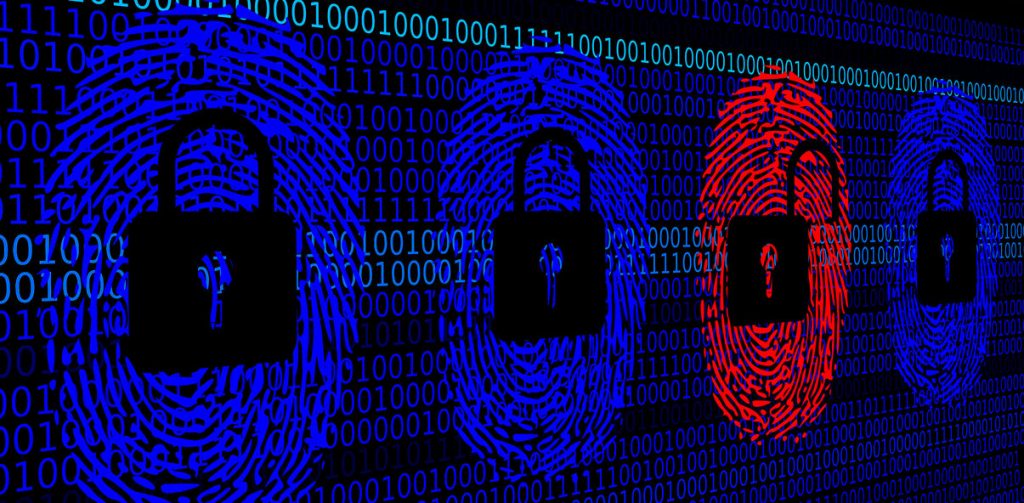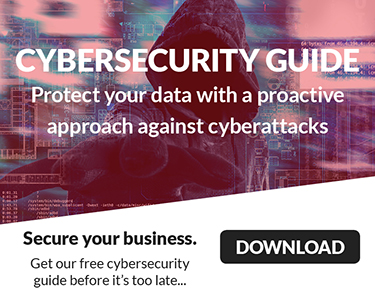
I read a great article in the other day that posed that very thought, and so I felt I should share a bit of it with you. It serves as a nice follow up to the blog I wrote a couple of weeks ago, “Should I Be Concerned About Cybersecurity?”
First of all, did you know that cyberattacks jumped 32% between the first quarters of 2017 and 2018, according to a recent report? And yet many businesses assume their IT infrastructure is still secure.
Some entrepreneurs realize their security measures aren’t top-notch, but they don’t consider their companies targets because they don’t move billions of dollars each year. However, hackers aren’t just after money — 63% of those attacks specifically targeted data and credentials.
These numbers highlight why companies need up-to-date cybersecurity measures to effectively prevent, detect, respond to, and recover from cyberattacks.
Their cyberthreat report goes on to explain why you may want to think twice — even if you believe your company’s cybersecurity is taken care of.
Here are excerpts of their reasons:
Financial institutions aren’t as secure as you think.
The range of cyberattacks in 2017 was more varied than ever before, but banking and financial institutions still bore the brunt of the attacks. These attacks included infecting ATMs with malware that could be easily bought on the darknet and stealing funds straight out of victims’ accounts in more than 10 international financial organizations.
When these organizations’ cybersecurity measures failed, the situation was often made worse by insurance companies refusing to reimburse the losses incurred.
Every piece of data is valuable to hackers.
Almost every attack at banking and financial institutions is aimed at financial gain, but a recent report also showed that malware attacks increased by 75% during the last year, collecting information such as account logins, answers to security questions, Social Security numbers, and more.
Companies outside the financial sector don’t usually house customer financial data in their systems, but if you utilize a web application, your customers have to build profiles with personal data.
Even smart employees get phished.
Phishing attacks have proven to be one of the most prolific ways for hackers to get malware into companies’ systems. A cybersecurity report by Barracuda noted more than 10,000 unique phishing attacks in June 2018 alone, and the most successful ones were impersonating well-known companies such as Netflix and Citibank. Even smart employees need to remain diligent for things — like minor spelling errors in unsolicited emails — that could give away the scam.
Cybersecurity is an approach, not a single solution.
In response to these threats, Gartner predicts that companies worldwide will spend up to $96 billion on cybersecurity this year. Yet much of that spending will be in reaction to specific breaches rather than focused on implementing holistic, prevention-focused cybersecurity measures. This means many of those measures will still leave entrepreneurs’ organizations vulnerable, especially ones that work with smaller, less secure companies.
It’s common for companies to believe they’re safe from cyberattacks, but it isn’t always true. In 2017, the Online Trust Alliance tracked more than 159,000 cyber incidents. Those breaches cost companies up to $608 billion total, according to McAfee and the Center for Strategic and International Studies. This year, industries have the opportunity to stem the flood of attacks — which begins with acknowledging they may not be as secure as they thought.
Want to learn more about the IT services we deliver, and how we can implement holistic, prevention-focused cybersecurity measures? Contact us today!






